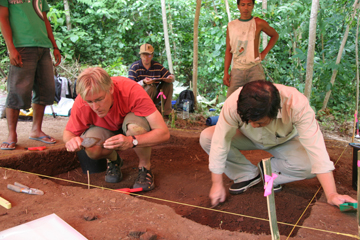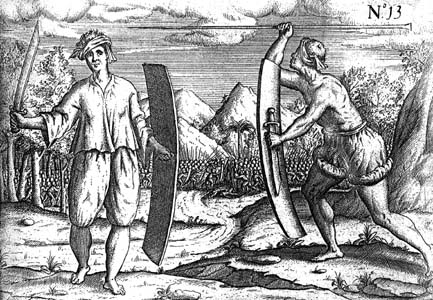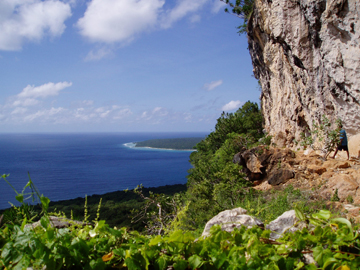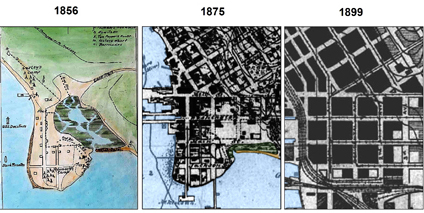My research
focuses on understanding social change
in Island Southeast Asia over the last
5,000 years. I have been particularly
interested in island landscapes and
seascapes, cross cultural interactions
such as trade and warfare,
human-environment interactions and
climate change. I also have an interest
in archaeology practice, cultural
resource management and public
archaeology in the
Seattle area.
Origins of
agriculture and pottery making in Island SE
Asia
Widely-accepted explanations for the spread of
Austronesian-speaking
 people,
pottery-making technology and domestic plants
and animals into remote Oceania posit that
these influences originated in or passed
through Island Southeast Asia and near people,
pottery-making technology and domestic plants
and animals into remote Oceania posit that
these influences originated in or passed
through Island Southeast Asia and near  Islamization, trade and European
colonialism in eastern Indonesia Islamization, trade and European
colonialism in eastern IndonesiaMany Island Southeast Asians began converting to Islam in the 15th century AD, just before the first European visitors arrived. Both arrivals were driven in part by expanding global trade networks, and recent research suggests that there may have been environmental factors involved as well. My work since 1997 has focused on the Banda Islands of eastern Indonesia which were one of the earliest sites of interaction between Asian and European visitors and local people in Island SE Asia. Excavations and documentary analyses have focused on the chronology of Muslim influence on local populations and changes to social and political landscapes. Recent fieldwork included excavation of the BN1 site in Banda Neira in 2009. Late Holocene climate change, settlement and warfare in the Pacific 
Current data from Island Southeast Asia and
the Pacific suggest a chronological link
between the development of fortified
settlements and increased climate
instability and drought beginning 800 years
ago. Fortified settlements appear across
much of Island Southeast Asia and the
Pacific at this time. From 2003-2006, I
excavated fortified sites in
 The Waterlines Project This project traces the pre-19th century shorelines of the dramatically-altered Seattle waterfront and provides real and virtual exhibits about the changing landscapes of the area, drawing from archaeological, geological and documentary data. Current features include a website and exhibits in Seattle locations including Milepost 31. I have also been involved in the Lake Union Underwater Archaeology Project. Puget Sound Traditional Foods  This 2003 project evaluated diet from archaeological sites in the Puget Sound region as a step toward revitalization of contemporary traditional foodways for Native people suffering from diabetes. Website includes faunal and floral species information. Some of our results are incorporated in the Salish Bounty exhibit, at the Burke Museum January 28 - June 12, 2012 and now touring the US. Burke Museum Check the Burke website for archaeology public events, exhibits and activities, as well as collections research opportunities and cultural resource management services. |